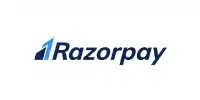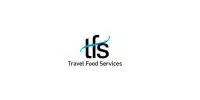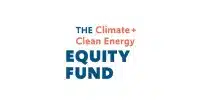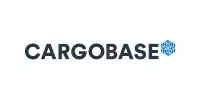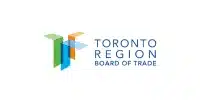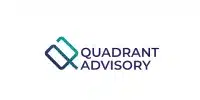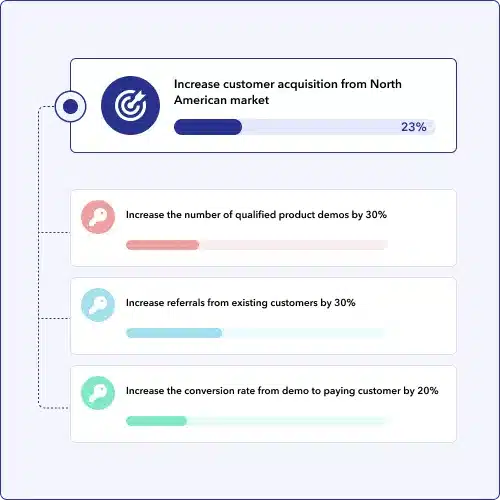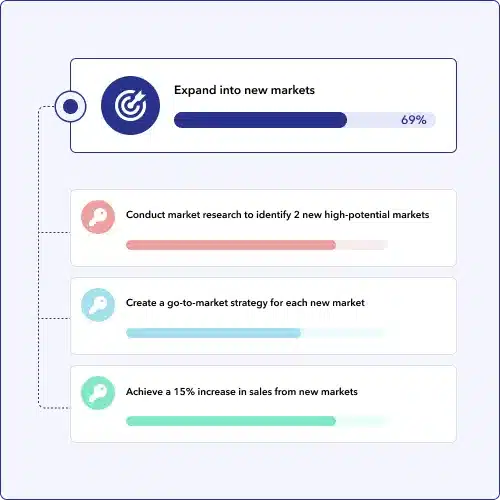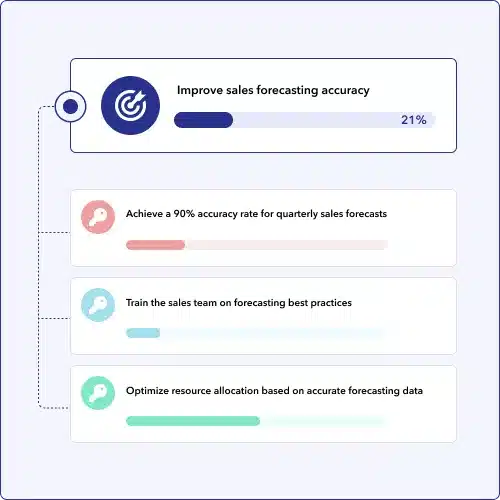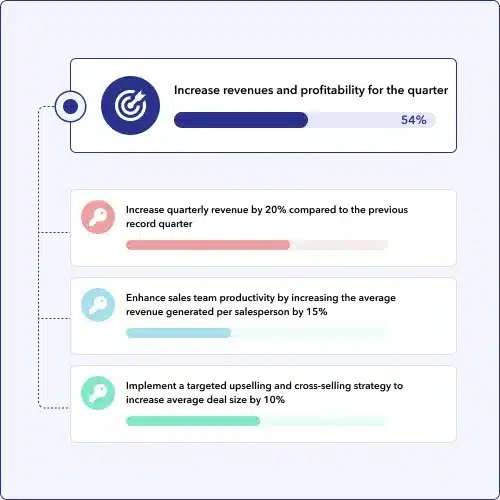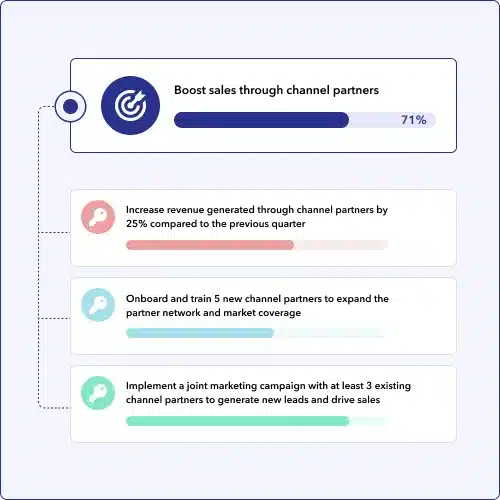How often should sales team OKRs be reviewed and updated?
Sales Team OKRs are typically reviewed and updated on a quarterly basis, although some organizations may choose to use monthly or annual OKR cycles. Regular reviews ensure that the team stays aligned, objectives remain relevant, and progress is tracked effectively. It totally depends on your team size. Small teams can do a weekly review as well.
How many OKRs should a sales team have?
It’s generally recommended to have 2 to 3 OKRs per team or individual to maintain focus and avoid spreading efforts too thin. This allows the sales team to concentrate on the most critical objectives without getting overwhelmed.
What if a key result is not achieved within the OKR cycle?
If a key result is not achieved within the OKR cycle, it’s essential to analyze the reasons behind the shortfall and determine if the target was too ambitious, if there were unforeseen challenges, or if the team’s efforts need adjustment. Use this information to inform the OKR-setting process for the next cycle and ensure continuous improvement.
Can OKRs be used for individual sales representatives as well as the entire team?
Yes, OKRs can be used for both individual sales representatives and the entire sales team. Individual OKRs can help sales reps focus on their personal development and performance, while team OKRs align the team’s efforts towards shared objectives and promote collaboration.
How do I ensure that sales OKRs are aligned with the overall company goals?
To ensure alignment, start by defining the company’s top-level OKRs and then cascade them down to the department and individual levels. Encourage open communication between departments and teams, and involve sales team members in the OKR-setting process to ensure they understand how their objectives contribute to the company’s overall goals.




